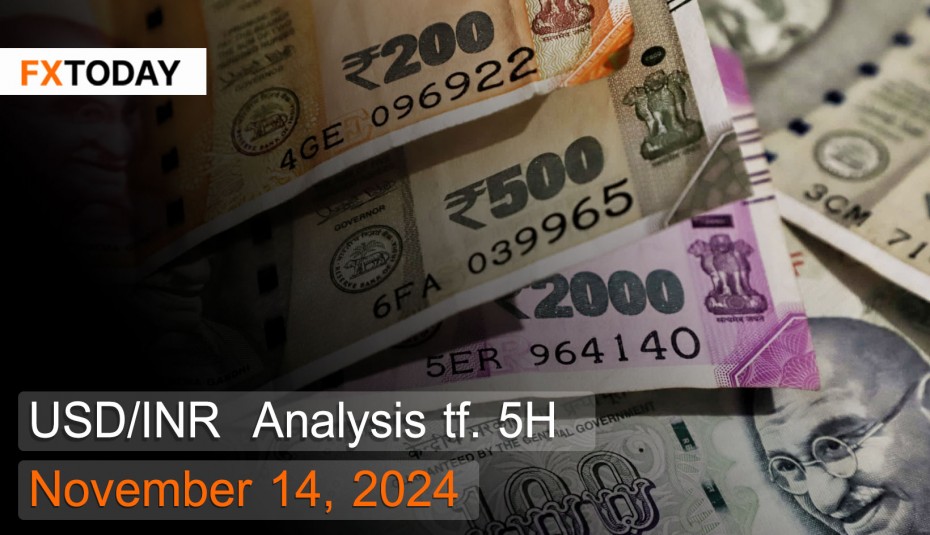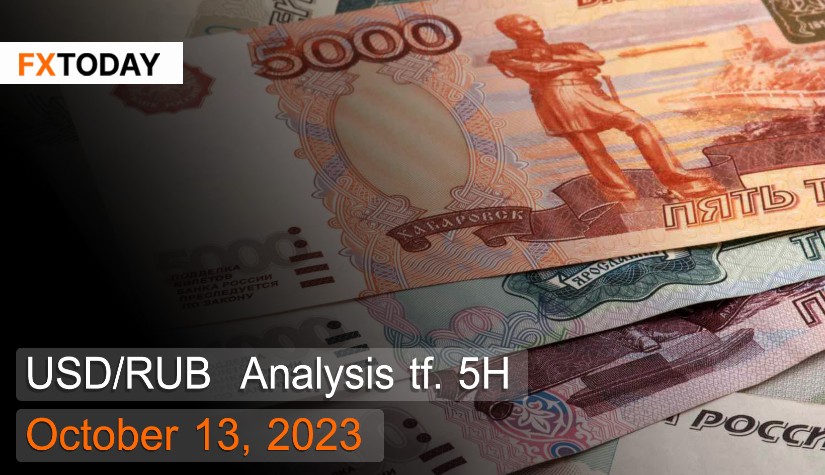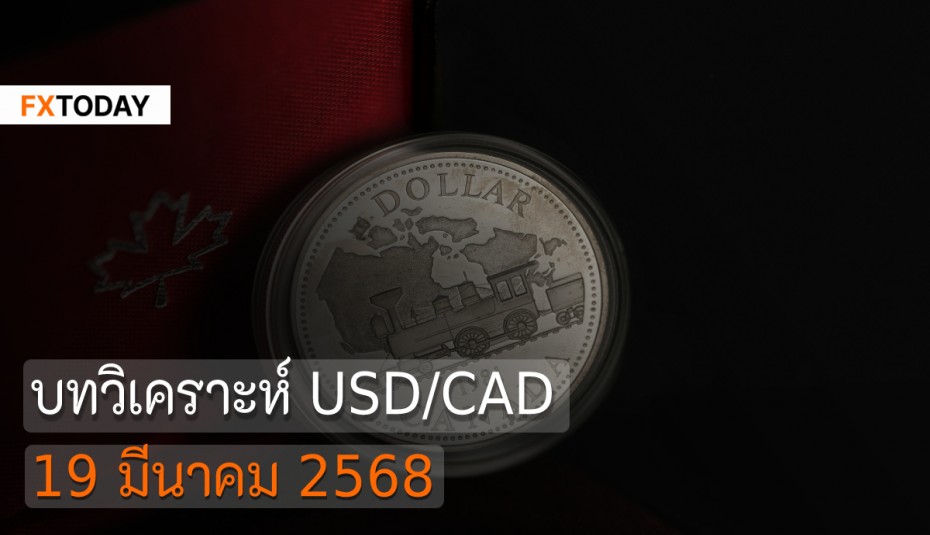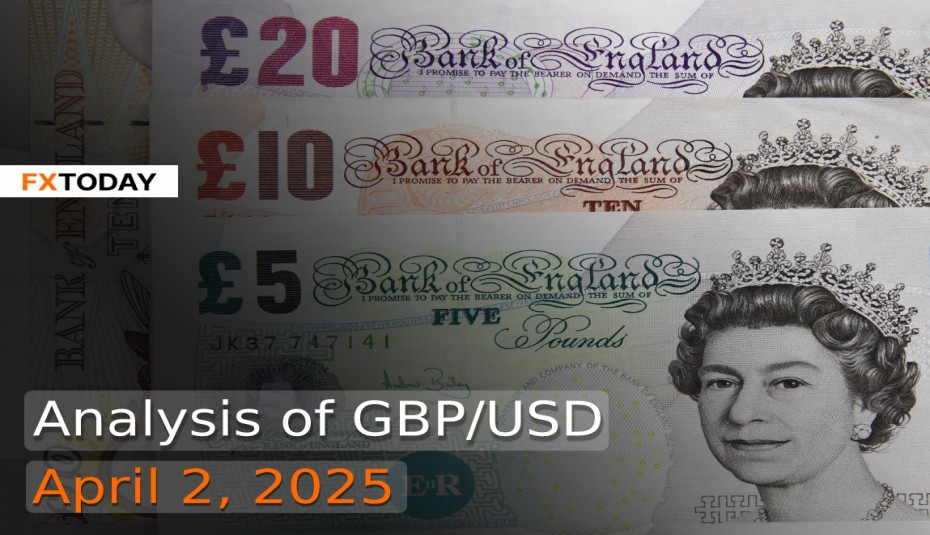India’s inflation rate increased more than expected.
The rupee hovering near a record low of 84.4 per U.S. dollar in mid-November. The Reserve Bank of India (RBI) is expected to maintain a tight monetary policy to control inflation, which reached 6.2% in October. This increase in inflation has dampened expectations of an interest rate cut. However, the strengthening U.S. dollar has attracted investments back into U.S. assets, while concerns persist that India’s economy may struggle to sustain its high growth momentum. This aligns with declines in the Sensex and Nifty indexes following their peak in September.
India's merchandise trade deficit slightly narrowed to $27.1 billion in October, down from $31.5 billion in the previous year. Exports rose by more than 17.3%, reaching $39.2 billion, with major exports including agricultural produce such as vegetables, fruits, and processed foods. Meanwhile, imports grew by 3.9% to $66.3 billion, reflecting continued domestic demand growth, with machinery and agricultural equipment remaining the primary imports.
India’s annual inflation rate jumped to 6.21% in October from 5.49% in the previous month, exceeding market expectations of 5.81% and marking the highest inflation rate in over a year. This increase has reduced expectations for a rate cut, as food inflation, which comprises nearly half of the economy, rose by 10.8%, driven by rising vegetable and fruit prices. Meanwhile, prices for meat, fish, and animal fats rose modestly at 3.17%, and inflation in fuel and electricity sectors continued to decelerate.
India’s Manufacturing PMI reached 57.5 in October, surpassing the market forecast of 57.4, reflecting accelerated growth in manufacturing amid favorable market conditions. This sector saw strong support from new orders, expanding at the fastest rate in 20 years. Additionally, overseas sales rebounded after slowing in September, while businesses increased hiring to meet the rising demand, despite rising labor costs. Input costs rose to a three-month high but remained below the long-term average, with output prices continuing to rise, indicating positive sentiment in manufacturing.
The Manufacturing PMI increased to 57.5 from 56.5 in September, exceeding expectations of 57.4, marking 39 consecutive months of expansion. This points to robust sales growth, driven by domestic and international demand, and indicates the ongoing recovery of foreign sales. Employment also continued to grow as new and emerging businesses hired more staff, raising labor costs but allowing firms to partially pass these costs on to customers.
Techical analysis data (5H)
Resistance: 84.504, 84.539, 84.593
Source: Investing.com
Buy/Long 1: If the price touches support in the price range of 84.361 - 83.989 but cannot break the support at 83.989, you may set a TP at approximately 84.539 and SL at around 84.327 or according to your acceptable risk.
Buy/Long 2: If the price breaks the resistance in the price range of 84.504 - 84.539, you may set a TP at approximately 84.593 and SL at around 83.9 25or according to your acceptable risk.
Sell/Short 1: If the price touches resistance in the price range of 84.504 - 84.539 but cannot break the resistance at 84.504, you may set a TP at approximately 84.361 and SL at around 84.593 or according to your acceptable risk.
Sell/Short 2: If the price breaks the support in the price range of 84.361 - 83.989, you may set a TP at approximately 84.327 and SL at around 84.539 or according to your acceptable risk.
Pivot point November 14, 2024 09:58 PM. GMT+7
|
Name
|
S3
|
S2
|
S1
|
Pivot Points
|
R1
|
R2
|
R3
|
|---|---|---|---|---|---|---|---|
| Classic | 84.327 | 84.361 | 84.361 | 84.45 | 84.504 | 84.539 | 84.593 |
| Fibonacci | 84.361 | 84.395 | 84.361 | 84.45 | 84.484 | 84.505 | 84.539 |
| Camarilla | 84.446 | 84.454 | 84.462 | 84.45 | 84.479 | 84.487 | 84.495 |
| Woodie's | 84.337 | 84.366 | 84.426 | 84.455 | 84.514 | 84.544 | 84.603 |
| DeMark's | - | - | 84.433 | 84.459 | 84.522 | - | - |
















